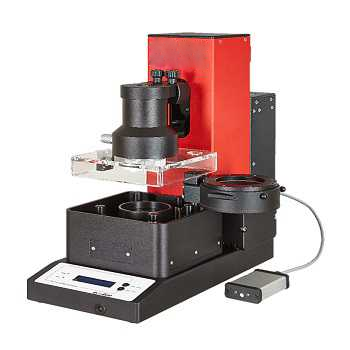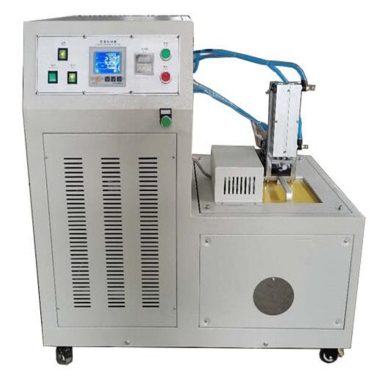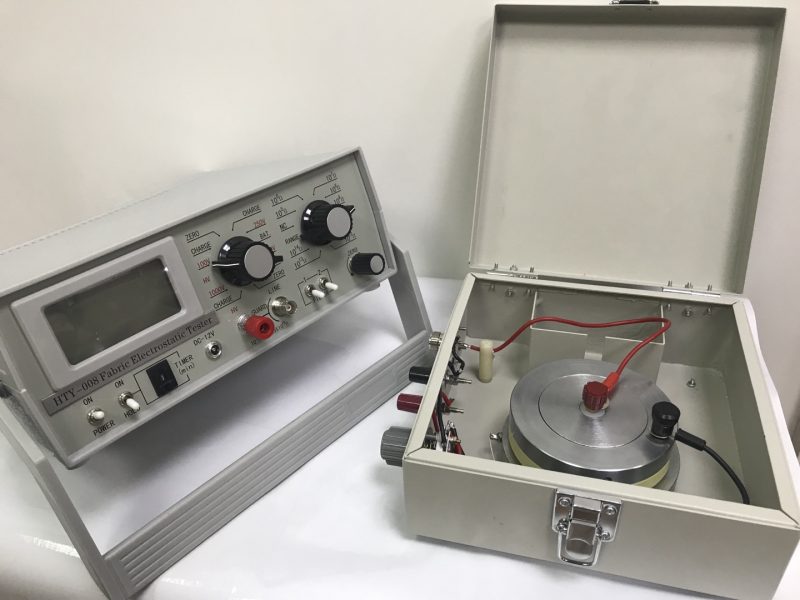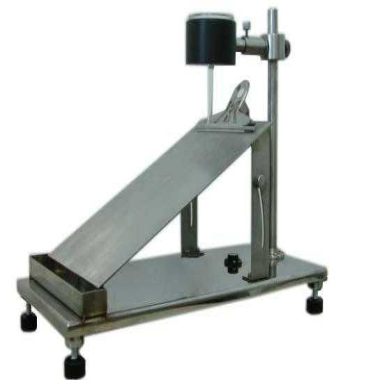For centuries, the “hand feel” or “touch” of a fabric has been a cornerstone of quality assessment, guiding consumer choices and defining luxury. Yet, this critical characteristic has largely remained a subjective experience, relying on the trained hands of experts. Today, a new generation of material testing equipment is transforming this qualitative art into a precise science. At the forefront of this innovation is the Fabric Hand Feel Tester, an instrument that employs sophisticated technology to objectively quantify softness and a suite of other crucial tactile properties.

Decoding Softness: From Vibration to Value:
At its heart, the Fabric Hand Feel Tester is an engineering marvel designed to simulate and analyze the subtle interactions that give a material its unique feel. Unlike traditional methods that might rely on simple compression or bending, this advanced system delves into the micro-vibrations generated during contact.
The core of its ingenious design lies in a precisely engineered rotor and a highly sensitive vibration sensor. Here’s how it works:
Controlled Interaction: A circular sample, precisely cut to a diameter of φ112.8 mm, is gently placed onto the instrument’s rotor. When the test begins, the rotor initiates a controlled rotation, bringing it into precise mutual contact with the sample. This isn’t just about applying pressure; it’s about initiating a dynamic interaction that mimics the nuances of human touch.
Vibration Capture: As the rotor and sample interact, the material vibrates in a unique way, characteristic of its physical properties. The integrated vibration sensor acts as the “ears” of the system, meticulously capturing these subtle vibration signals.
Advanced Signal Processing: The raw vibration data, often complex and nuanced, is immediately transmitted to an internal analysis component. Here, it undergoes initial processing before being sent to a connected computer. This is where the magic of “feel” truly becomes data.
Proprietary Algorithmic Analysis: The accompanying software, renowned for its friendly interface and simple operation, employs a complex, proprietary formula. This formula processes the vibrational data, synchronizing it with other measured parameters and, uniquely, allowing for the integration of up to 68 different customer-pre-entered parameters. These additional parameters can include material composition, weave structure, finish treatments, or other relevant factors, providing an incredibly comprehensive context for the analysis.
Objective Softness Value (HF): The result of these intricate calculations is an objective “softness value,” often referred to as a “feel value” (HF). This quantifiable metric provides an unbiased, repeatable assessment of a material’s softness, eliminating the variability inherent in human judgment.
Beyond Softness: A Multi-Dimensional Material Insight:
The innovation doesn’t stop at softness. The Fabric Hand Feel Tester is built with remarkable versatility, expanding its analytical capabilities through the use of different accessories. This transforms it from a specialized softness tester into a powerful, multi-dimensional material characterization system.
By simply integrating various attachments, the same instrument can objectively measure:
Smoothness / Roughness: Quantifying the surface texture that defines a material’s tactile sensation.
Stiffness: Assessing how a fabric resists bending, influencing its drape and structural integrity.
Elasticity / Viscoelasticity / Plasticity: Delving into how materials deform under stress and recover, crucial for performance textiles and shape retention.
Bursting Strength: Determining the material’s resistance to rupture under localized pressure, a key indicator of durability.
Compressibility: Measuring how much a material can be compacted, vital for cushioning, insulation, and packaging.
Thickness: Providing precise dimensional measurements under controlled pressure.
Basis Weight: Establishing the mass per unit area, a fundamental material property.
This integrated approach allows researchers and quality control departments to obtain a holistic understanding of a material’s physical attributes from a single, versatile platform.
Engineered for the Modern Laboratory:
- Designed for precision and efficiency, the Fabric Hand Feel Tester incorporates features tailored for today’s high-demand laboratory environments:
- Intuitive Software: The user-friendly software ensures simple operation, allowing for efficient test setup and real-time data visualization. Critically, it supports long-term data storage, enabling seamless historical comparisons and trend analysis—a vital feature for product development and continuous improvement.
- Flexible Pressure Control: With selectable measuring pressures of 100mN and 600mN, the instrument can simulate various real-world contact conditions, providing more relevant data.
- Compact Yet Robust: Measuring 440mm (H) x 190mm (W) x 470mm (D) and weighing 19 kg, the tester offers a robust, stable platform without consuming excessive bench space.
- Universal Compatibility: A power supply of 115-230 VAC, 50/60 Hz ensures broad compatibility across different regions.
This Fabric Hand Feel Tester represents a significant leap forward in tactile material evaluation. By translating the art of “touch” into a precise science, it empowers manufacturers to deliver consistent quality, innovate new materials with predictable performance, and ultimately, enhance consumer satisfaction on a global scale. This technology is set to redefine how industries perceive and utilize the critical “feel” factor in product design and quality assurance.


